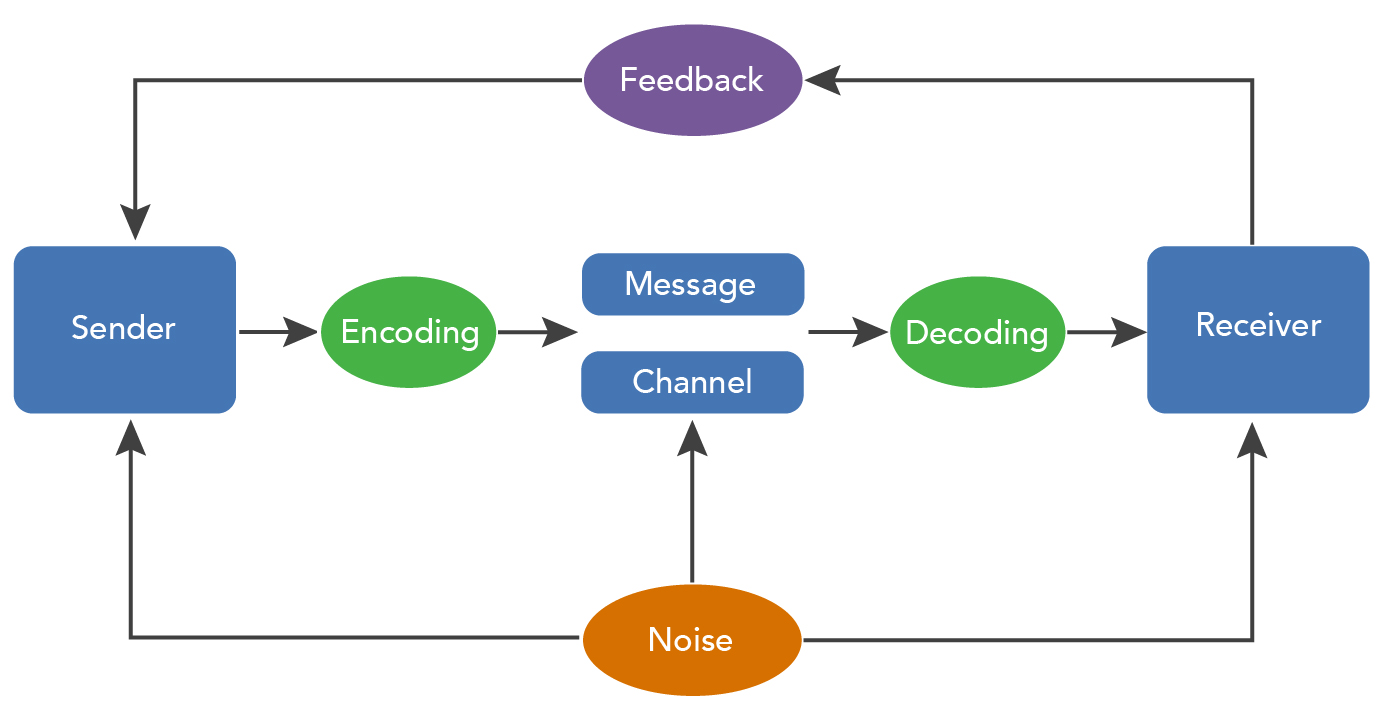The effect of the various components of communication process on my academic, professional and civic life.
Communication is derived from the
Latin term- “COMUNICARE” which
means; to share, impart, participate, exchange, transmit or to make common.
Communication means the exchange of ideas and information between two or more
people or it can be defined as the process of understanding and sharing
meaning.
Image: Key components of Communication.
Communication has eight essential components which are:
Source/Sender/Encoder, Message, Channel, Receiver/Decoder, Feedback,
Environment, Context, Noise /Interference.
The source
imagines, creates, and sends the message. The source encodes the message by
using the right words to convey the message efficiently.
“The message is the
stimulus or meaning produced by the source
for the receiver or audience” (McLean, 2005). The message is the ideas and
thoughts that is conveyed by the sender through a medium or channel.
“The
channel is the way in which a message or messages travel between source and
receiver.” (McLean, 2005). The channel could be Verbal- face-to-face, using words etc. to express oneself or could
be Non Verbal- body language,
smiling, blushing, hand gestures etc.(majority of communication happen
nonverbally.)
“The receiver receives the
message from the source, analyzing and interpreting the message in ways both
intended and unintended by the source” (McLean, 2005). The receiver decodes the
messages of the sender into thoughts and interprets the same.
Feedback is
the response that the receiver gives intentionally or unintentionally after the
message has being interpreted. The feedback could be verbal or non-verbal in
nature and this represents how accurately the message has been received.
“The environment is the
atmosphere, physical and psychological, where you send and receive messages”
(McLean, 2005). The people, animals, surroundings, etc. affects the
communication. E.g. having a calm and nurturing atmosphere for studying, a
formal atmosphere for a professional interactions.
“The context of the
communication interaction involves the setting, scene, and expectations of the
individuals involved” (McLean, 2005). The body language and the words used
will be in accordance with the context a person is in. E.g. in a classroom
setting, the teachers and students would interact in a more formal manner, in a
business setting one word be more professional in their expression, here the
environmental cues affects the communication.
“Interference or noise is anything that
blocks or changes the source’s intended meaning of the message” (McLean, 2005).
Noise can be internal/external and it affects the encoding and decoding process
and can lead to misunderstanding/ confusion.
Communication
has been called the most practical of the academic, professional and civic
disciplines. In my academic, professional and civic life the various components
do play a very important role, social norms
and relational history affecting it. Being able to efficiently communicate as a
sender, encode the message sent by the receiver and giving an effective
feedback is the key to successful communication. Having a nurturing and
peaceful setting, without any interference or noise, being aware and objective
in ones’ thoughts and being able to effectively decode and encode the messages
leads to effective communication in the academic, professional and civic
fields.
Comments
Post a Comment